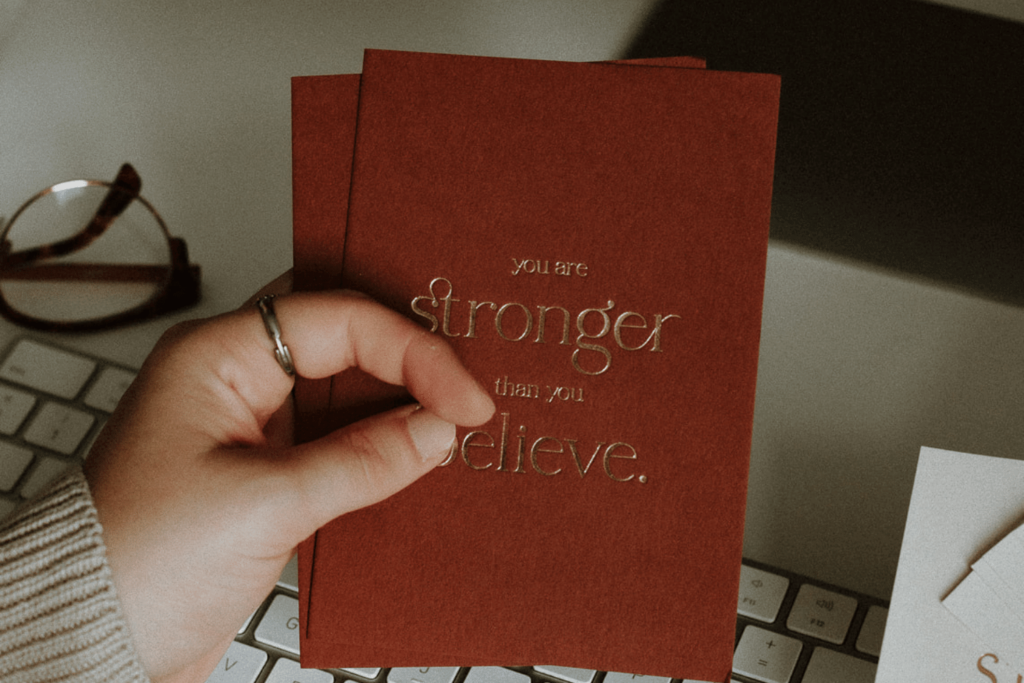
Creating boundaries in your photography business can be tough. Especially if you are a sensitive empath, trying to run a photography business, you can easily fall into the trap of “people pleasing”.
Having little to no boundaries can lead to bigger problems within your photography business and make you think negatively towards your work and your clients ( it’s easy to blame a client for being too demanding, but if we aren’t offering guidance and saying what is and isn’t part of our service – how are they to know)?
I know it’s really hard when you feel like you have to make everyone happy. You probably love to take care of your clients and make them feel comfortable, special and say YES to everything they ask for, but if you aren’t careful you can soon become burnt out and overwhelmed.
That’s why I wanted to remind you that offering your clients a good experience is not the same as “people pleasing”. Infact, “people pleasing” can often lead to a negative client experience or letting a client down when you had the complete opposite intention. By setting healthy boundaries in your photography business and with your clients & yourself – you can avoid heartache and start to feel more in control of the service you provide.
I want to remind you that boundaries in your photography business are there to benefit both you and your client. Remember your client has never worked with you before and isn’t exactly sure how things work or what to expect. So by having a clearly defined process and some healthy boundaries you can make working with you an absolute delight.
Here are some boundaries you could consider when designing your client experience for your photography business.
How much energy and time do you have to dedicate to each client?
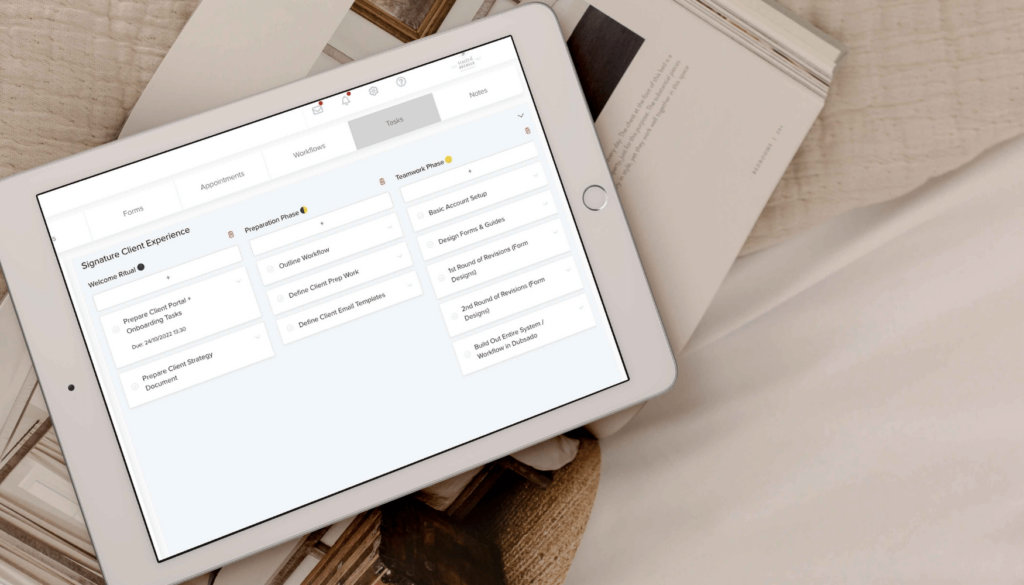
When defining your client experience strategy it’s really important to think about how much time and energy you have to dedicate to each client. Think about what part of your process can be easily automated and other parts which maybe require a little bit more of you (for example client calls, in person meetings etc). You can find ways to offer a more personalised service by sending through guides, tutorials or helpful videos that will support your client throughout their client journey.
The best part is that you will only have to create these resources once, but it will still offer your clients a very personalised experience, while still saving you on your time and energy. Pick key moments in your client journey where in-person communication would be beneficial and when you can create resources that will still be helpful for your client but leave you with more free time!
How do you like to communicate & how much do you want to be “available” to your client?

This is so important and often overlooked. We all love to communicate differently. Some of us are more visual, others prefer written communication and some of us could be quite extroverted and enjoy using things like video or voice notes to create a more personal experience. It’s important to define how you like to communicate, and through which channels.
If you are a person that loves regular & fast forms of communication then communicating via WhatsApp or Voxer would be great. But if you’re a person who maybe gets very overwhelmed with too many forms of communication or always being available then tell your clients that the only way to communicate with you is via email. This gives you the opportunity to set boundaries as to how long clients can expect to wait for a reply and won’t expect you to “always be available”
Define at the start what your clients can expect
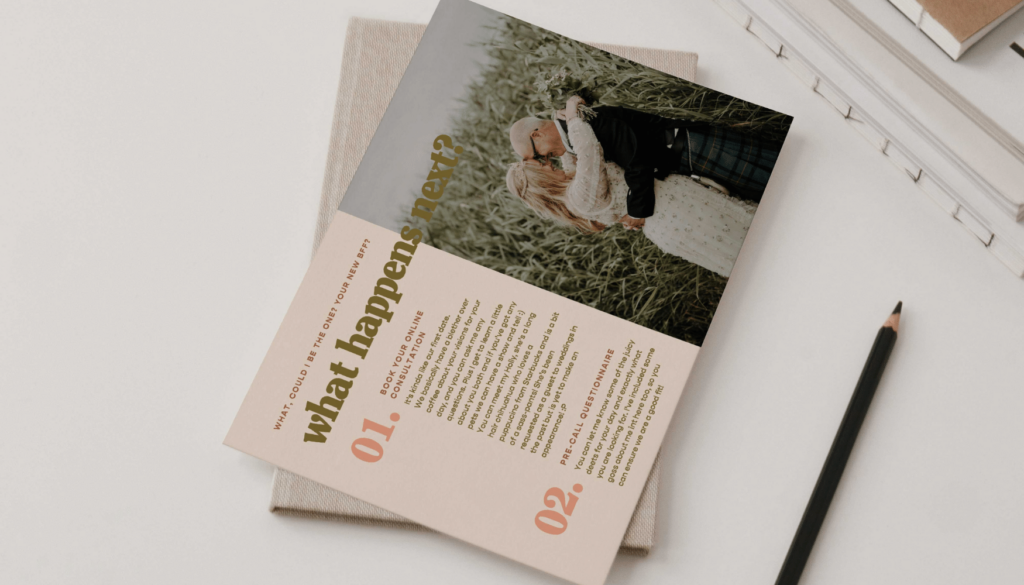
The best time to define what your clients can expect is right at the start (during the onboarding / welcome phase). If you’re upfront and honest with them about your process and your timelines your clients will feel more relaxed, and you will always have something to refer back to when a boundary has been crossed. It’s really important that you stick to the boundaries that you’ve created because if you start to break your own boundaries, it will quickly turn into a negative situation where clients are confused as to why you’re saying no now. It’s really important that you stick to the boundaries that you’ve created. Remember, you have put these boundaries in place to serve you and your clients.
When do you find yourself feeling overwhelmed or that someone is asking more of you than they should?
I like to keep a little journal of when I feel overwhelmed when working with a client, and digging deep to find the root cause. Often it’s not the clients fault, it’s most likely that I haven’t been clear in my communication or I have fallen back into the habit of “people pleasing”. I try not to hold any resentment and rather use it to create a better experience next time. By keeping a list & making notes, I can find ways to avoid the same thing happening in the future.
Know your timelines & build in a buffer – creating firmer personal boundaries in your photography business
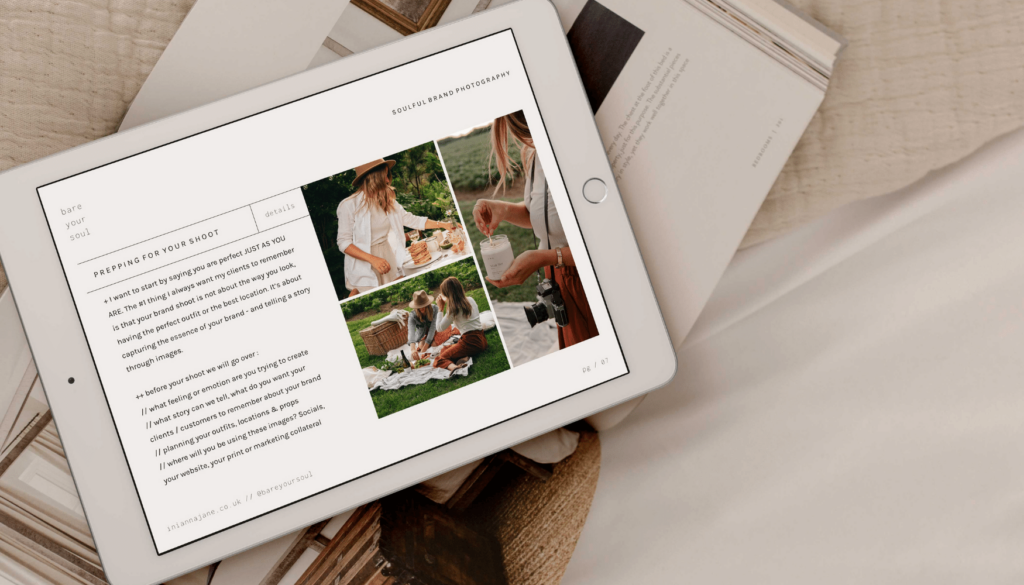
This is something that I still struggle with. For some reason I think that I am superwoman, and get more done than what is actually humanly possible. And then life happens, I have an off day and then I’m behind schedule. That’s why it’s so important to define and know your timelines before you start working with a client, and most importantly build a bit of buffer time to plan for unexpected life things. Before working with a client I try to map out my entire process and give myself deadlines for each task. I then use this to create a project timeline. It’s important to share this project timeline with your client (you may have to do this frequently & at various stages of the client journey), so that they can be aware of when to expect their final deliverables. It helps if you have made your client aware of the project timeline at the start of a project, so you have something to refer back to.
Create firm but kind emails for when a boundary has been crossed
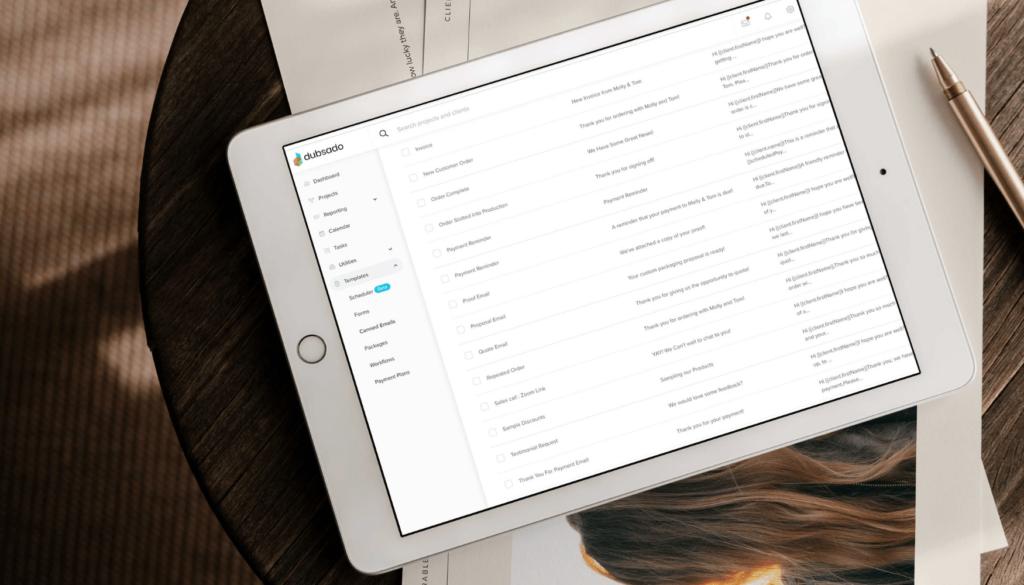
This is probably my biggest tip when it comes to creating boundaries. If you find it difficult to say no, or find yourself “people pleasing” even though you know it’s going to lead to issues further down the line, you might find it helpful to have some standardised templates that you can adapt or personalise for when you do have to say no. Remember that your client probably isn’t doing this intentionally to upset you. By having firm, but kind emails you can get back on track and make sure that you’re providing your clients with a positive and nurturing experience ( making you both feel content & happy).
The best time to communicate these boundaries is at the start of your project or service. That is why I always recommend putting some boundaries into your welcome guide OR as part of your welcome ritual when onboarding a new client.
If you are a person who naturally likes to make people happy (even if this is at the expense of your own health & happiness), I hope this post has shown you how boundaries can be a really positive thing, and actually lead to a better client experience.
If this really resonates with you and you want to find out more – head on over to see how we can work together. Or sign up to my newsletter where I share more tips on how I run a thoughtful & intentional business rooted in slow business values & principles.